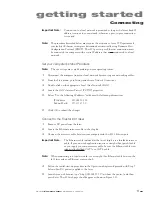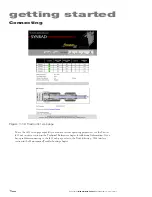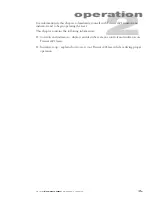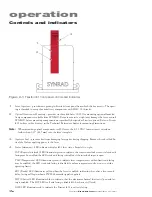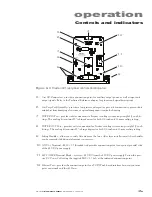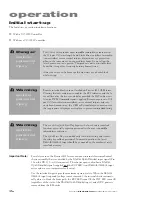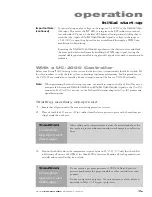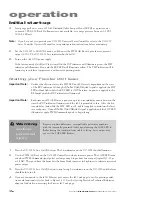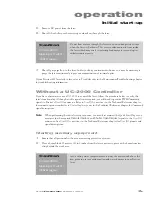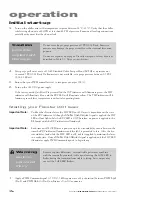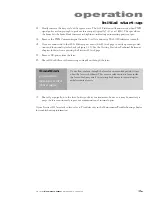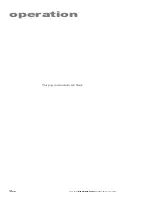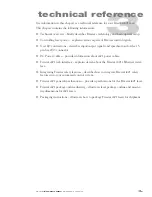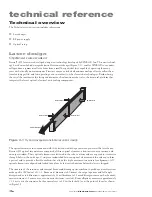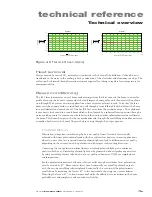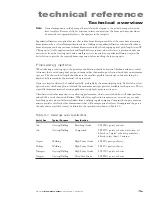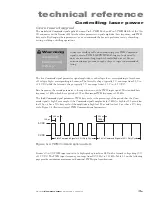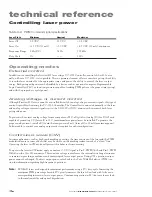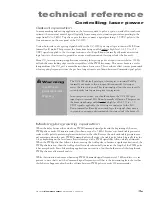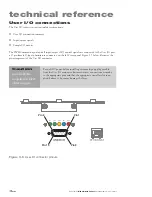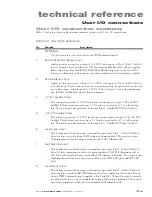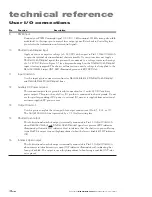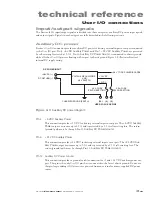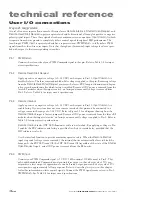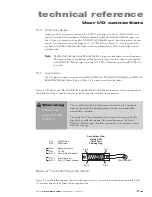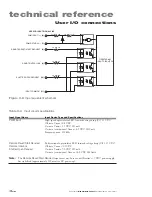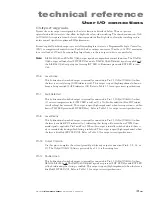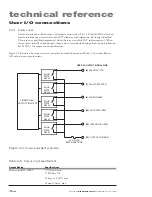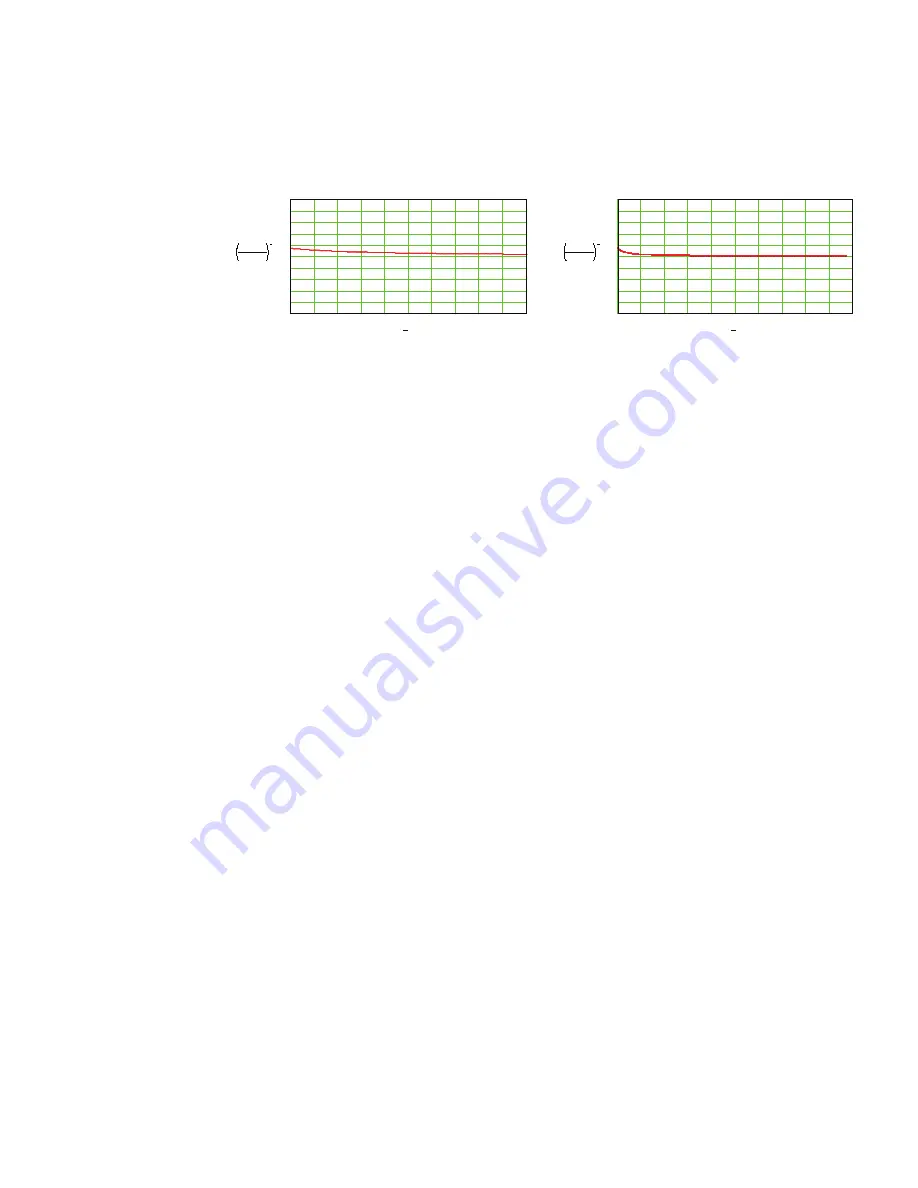
technical reference
3
3
Synrad
Firestar i401
operator’s manual
Technical overview
0
1
2
3
4
5
6
7
8
9
10
0
0.2
0.4
0.6
0.8
1
1.2
1.4
1.6
1.8
2
Ellipticity
Distance From Front Plate in Meters
Ellipticit
y
2
0
widthY( )
z
ωx( )
z
1
10
0
z 2.6
0
10
20
30
40
50
60
70
80
90
100
0
0.2
0.4
0.6
0.8
1
1.2
1.4
1.6
1.8
2
Ellipticity
Distance From Front Plate in Meters
Ellipticit
y
2
0
widthY( )
z
ωx( )
z
1
100
0
z 2.6
Figure 3-2
Firestar i401 beam ellipticity
Heat removal
Heat generated by excited CO
2
molecules is transferred to the bore walls by diffusion. Collected heat is
transferred to the water in the cooling tubes by conduction of the electrodes and aluminum envelope. The
coolant path is directed through corrosion-resistant copper alloy tubing to regulate laser temperature for
maximum stability.
Beam conditioning
The i401 laser incorporates a novel beam conditioning system that first converts the beam to a circular
profile, cleans up the beam to remove side lobes and improve beam quality, and then rotates the polariza-
tion through 45 degrees as an aid in applications where a circular polarizer is used. To do this, the laser
beam exits the resonator and is turned back on itself through a front folding block that directs the beam
into a cylindrical lens located about 25 inches (0.63 m) away from the resonator output. The cylindrical
lens converts the beam into a round beam which is then focused by a spherical focusing mirror through a
water-cooled aperture (to remove any side lobes) and then onto another spherical mirror that collimates
the beam. This beam then passes the shutter mechanism and through the rear folding mirror/beam rotator
assembly which rotates the beam 45 degrees before exiting through the output aperture.
Polarization
Polarization is important in achieving the best cut quality from a laser and this is usually
achieved with linear polarization aligned with the cut direction; however, in most applications
where two axes of cut are required, linearly polarized light can lead to differences in cut quality
depending on the orientation of the polarization with respect to the cutting direction.
Converting the laser polarization from linear to circularly polarized light gives uniform cut
quality in both axes. Circularly polarized light can be generated without significant power loss
by using a circular polarizer (also known as a cut quality enhancer or CQE) or a simple phase
retarding mirror.
For the simplest and most cost-effective solution, a reflective phase retarder, laser polarization
must be rotated by 45°. Because most lasers have horizontally or vertically polarized outputs
with the cutting or welding substrate placed horizontally, this rotation of the polarization is
usually done by mounting the laser at 45° to the horizontal or by using two or more mirrors.
Mounting the laser at 45° is often not practical while the addition of extra mirrors in the beam
path adds cost and complexity and can reduce reliability.

